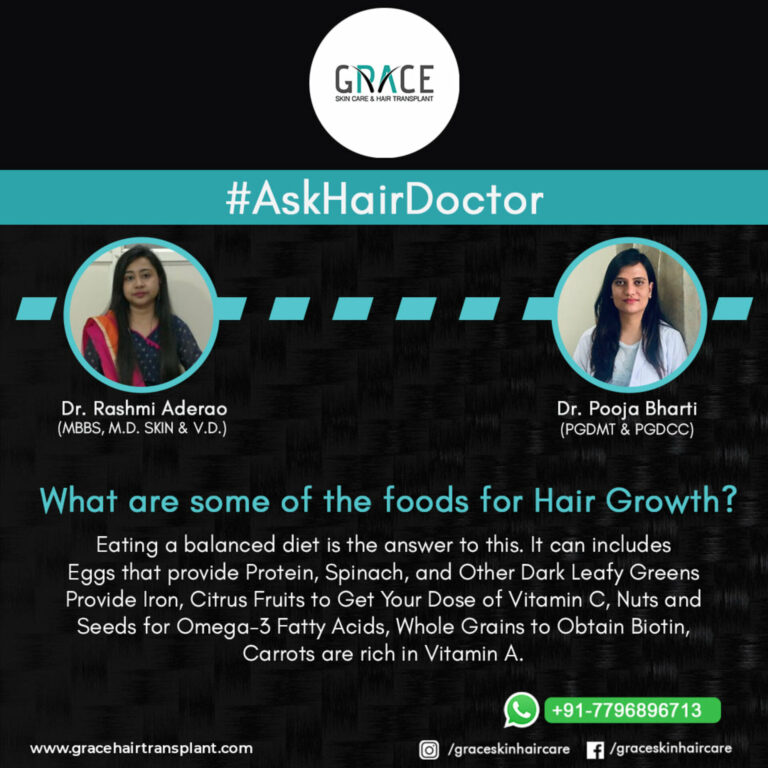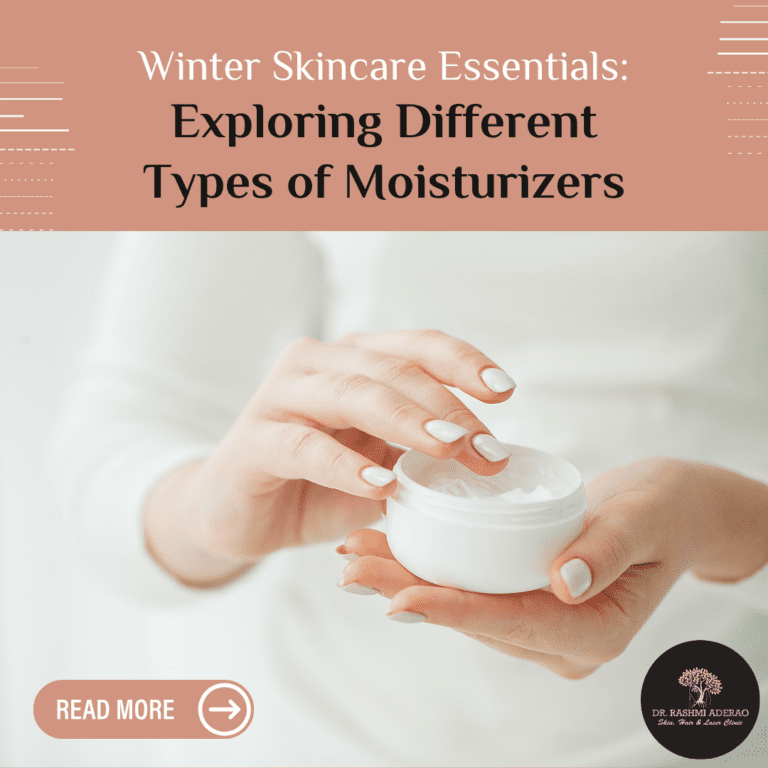Is it normal to have dandruff after hair transplant treatment?
Many individuals have been annoyed, frustrated, and embarrassed by dandruff. However, it affects other people more severely, causing hair loss. Understandably, you would be scared of dandruff if you had undergone hair transplant surgery to restore your hair permanently. Yet, in actuality, it is a problem that many individuals deal with.
Remember that dandruff is neither infectious nor dangerous. Typically, there is no need for concern. You merely need to follow the aftercare recommendations provided by your surgeon. In any case, keep an eye on your scalp because dandruff occasionally signals a more severe problem.
Dandruff is Normal after Hair Transplant
Following a hair transplant, dryness and dandruff are typical. After some time, though, it usually resolves by itself. Remember that it might impact both the donor and recipient areas.
Dandruff frequently comes with momentary itching. To prevent losing the grafts, you must take care not to scrape your scalp. It will have an impact on your total hair density.
Small incisions are made on the scalp during the transplant procedure, which also involves collecting and implanting grafts. During a hair transplant, the skin is healing, and while it does, the dead skin cells are visible as flakes that will eventually come off. Overall, it indicates that your scalp is recovering from the operation. Also, if you notice this issue, it does not in any way suggest that your hair’s health is declining.
After surgery, there will be short-term hair loss or shock shedding. Following a hair transplant, it’s common to experience. After a while, the issue will be resolved. It happens for a bit. It takes roughly 2 to 3 months after the hair transplant for new hair to grow.
The capacity of your hair to grow following hair loss therapy is unaffected by dandruff, even if it may be a developing problem for everyone. After hair transplantation, shock shedding, transient hair loss, and dandruff are frequent signs that the treated areas have healed.
How Can Dandruff Be Managed After a Hair Transplant?
Stay calm if you start to get dandruff after having your hair restored. Following your procedure, you should only use a shampoo that your doctor has advised for 4 to 6 weeks. Nizoral is the preferred over-the-counter choice for maintaining the scalp’s moisture, according to almost all doctors.
After a hair transplant, you could get scabs and crusts on your scalp because of the dried blood. Even while this is natural, you should proceed cautiously because it will worsen dandruff on your scalp. If they don’t heal in a week or two, you can gently scrub them off using the shampoo suggested in your aftercare regimen. It will simultaneously eliminate dandruff and remove scabs without hurting your scalp.
During hair restoration or transplantation, it’s crucial to manage dandruff for the reasons listed below:
Avoid picking at your head’s dandruff or scratching it.
Avoid touching the scalp or the transplanted grafts. If you touch the implants, they could fall loose or crack.
Use a recommended moisturizing shampoo and submerge your head in warm water if your doctor gives the go-ahead. To avoid difficulties, stay away from traditional solid anti-dandruff shampoos.
Oil massages significantly reduce the production of scabs and speed up healing. Try not to use your nails on the surface and softly rub it.
Conclusion
For a while, after a hair restoration procedure, there may be a modest increase in dandruff. In most cases, however, it is nothing to be concerned about; it has to do with the surgery itself and the circumstances surrounding it. Be sure to continue adhering to your surgeon’s aftercare instructions.







